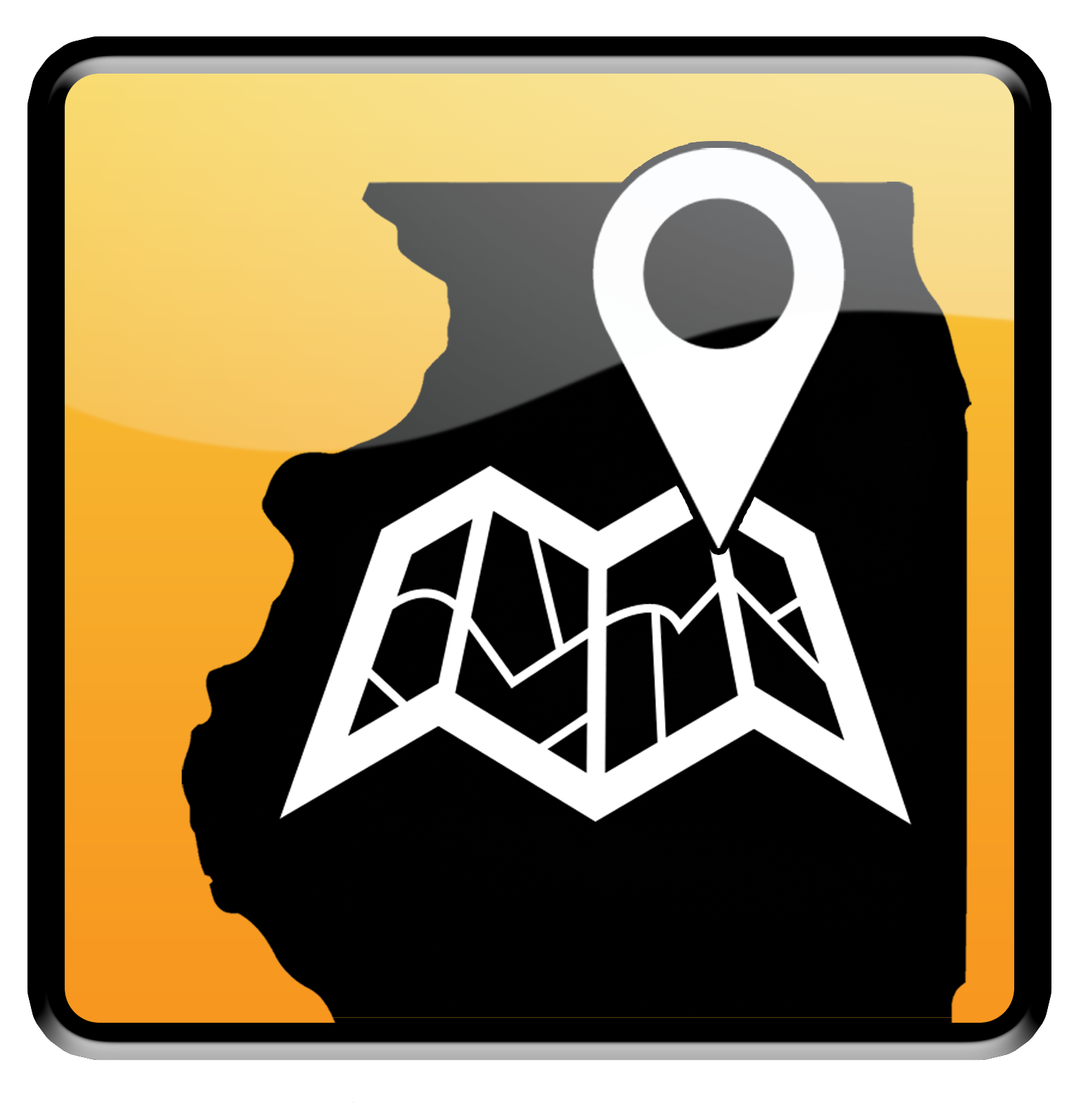History of the Division of Forensics
Prior to 1926, fingerprinting was the only science Illinois police departments regularly used to fight crime.
Between late 1926 and mid-1929 the Charlie Birger and Carl Shelton gang feuds over who would control bootlegging, gambling, and prostitution in Southern Illinois, and the rampant organized crime in Chicago, brought a public outcry for an effective police response. This led to the creation of "The Scientific Crime Detection Laboratory" affiliated with the Northwestern University School of Law.
Many other changes in scientific crime detection occurred during the 1930's, and in 1941, Director T.P. Sullivan, Department of Public Safety, initiated plans for a mobile crime laboratory to serve the state under the Illinois State Police authority. On September 12, 1942, Governor Green and his wife christened the mobile laboratory in Chicago. According to an article in Police Journal, "It represented something completely new in the history of police profession; something of tremendous interest to everyone involved in law enforcement and it constituted a milestone in the science of criminal detection." The mobile laboratory contained an x-ray unit, photography, fingerprinting and polygraph equipment, microscopes and supplies that allowed scientists to conduct nitrate and blood stain tests, identify fluids, restore serial numbers erased from metals, and conduct qualitative and quantitative analysis of unknown substances.
From this beginning, the ISP Division of Forensic Services, Forensic Sciences Command (DFS, FSC) has grown to a statewide staff of more than 400 employees, including approximately 300 forensic scientists, making it one of the largest forensic laboratory systems in the world.
Accomplishments of the DFS, FSC include:
- The first forensic science laboratory system with a dedicated forensic science training laboratory – 1977
- The first forensic science laboratory system with a forensic science Quality Assurance program – 1980
- The first forensic science laboratory system accredited in the world by the American Society of Crime Laboratory Directors/Laboratory Accreditation Board – 1982
- The first forensic science laboratory system with a formal forensic science Research & Development laboratory – 1985
- Began using the Automated Fingerprint Identification System (AFIS) – 1989
- Began adding DNA profiles to the Combined DNA Indexing System (CODIS) – 1991
- The second laboratory system in the United States to achieve ISO 17025 accreditation – 2005
-
By the end of 2014:
- The FSC had made nearly 15,000 hits to fingerprints in the AFIS database.
- The FSC had added over 560,000 DNA profiles to the CODIS database, and made over 17,000 hits to DNA profiles in the database.
- December 3, 2018, the FSC launched a new Laboratory Information Management System moving the laboratory into a fully electronic case management and filing system.




